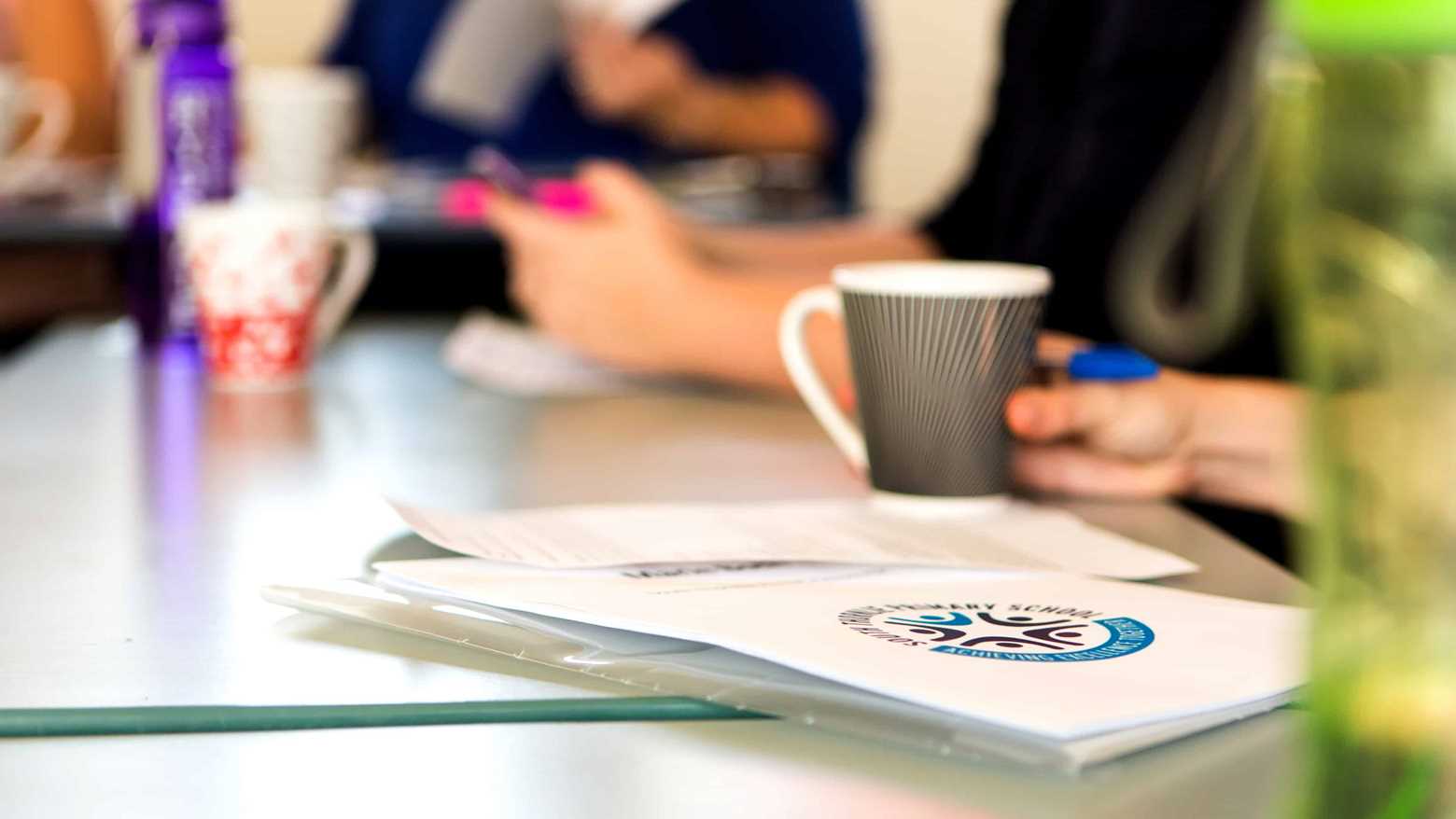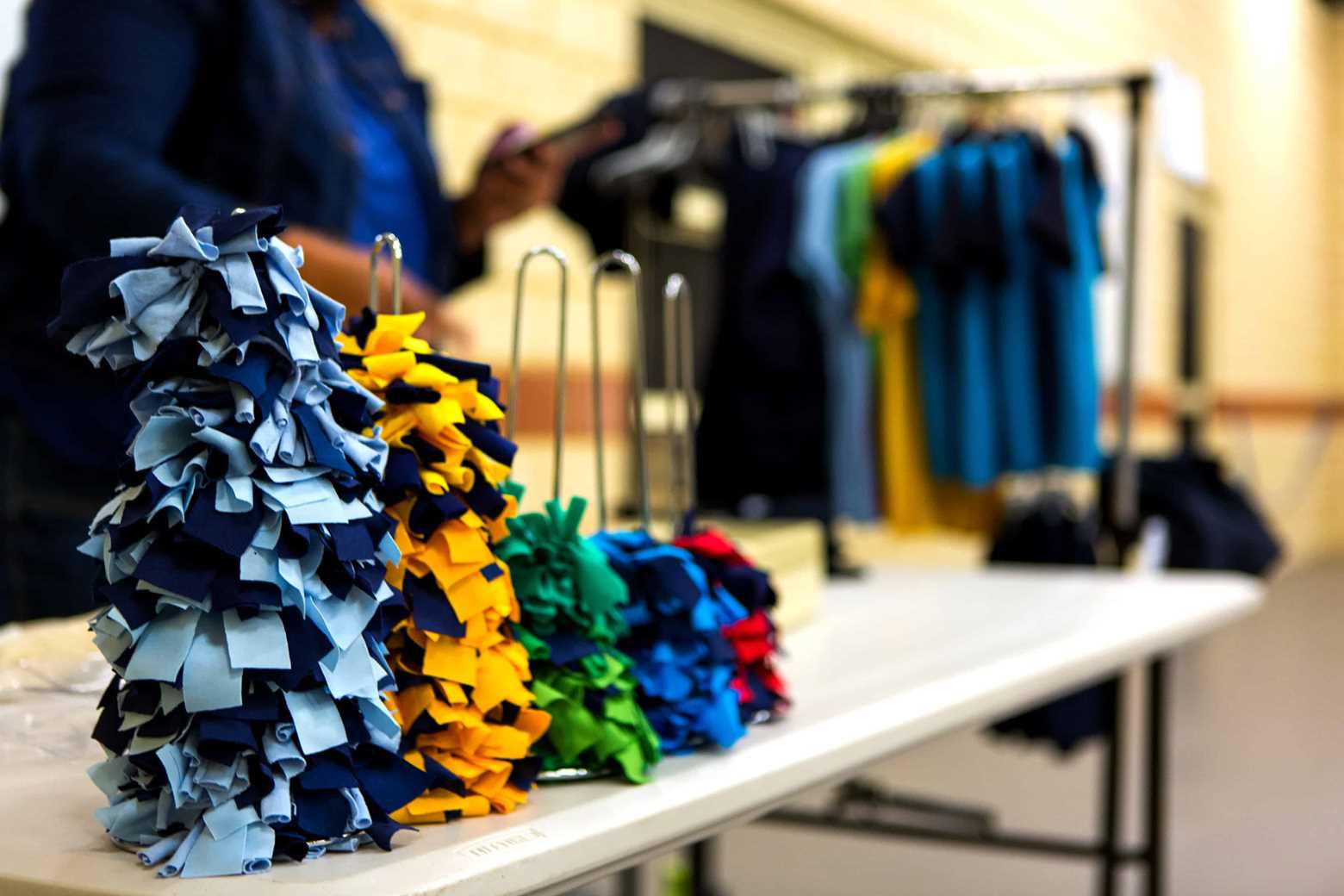Crunch 'N' Sip
Crunch&Sip break is a set break for students to eat fruit or salad vegetables and drink water in the classroom. South Thornlie Primary School has introduced Crunch&Sip to support students to establish healthy eating habits whilst at school.
Goal
All students and teachers at South Thornlie enjoy a Crunch&Sip break and eat fruit or vegetables and drink water in the classroom every day.
Objectives
The objectives of the Crunch&Sip break are to:
increase awareness of the importance of eating fruit or vegetables and drinking water every day.
enable students, teachers and staff to eat fruit or vegetables during an allocated Crunch&Sip break in the classroom.
encourage students, teachers and staff to drink water throughout the day in the classroom, during break times and at sports, excursions and camps.
encourage parents to provide students with fruit or vegetables every day.
develop strategies to help students who don’t have regular access to fruit and vegetables.
People Involved in Crunch & Sip Development and Review
The South Thornlie Primary School Crunch&Sip Committee is comprised of the Principal and the members of the Health and Physical Education Committee.
The draft document is made available for parents and staff to review. The final version of this document will be presented to the School Council.
Implementing Crunch & Sip
In the classroom
Teachers will:
Set a Crunch&Sip time each day in the morning or afternoon.
Encourage all students daily to eat a piece of fruit or vegetable in the classroom during the designated Crunch&Sip break.
Encourage students to drink a bottle of water in the classroom throughout the day.
Students will:
Wash their hands prior to the Crunch&Sip break.
Bring fruit or vegetables to school each day to eat at the break.
wash their water bottle and fill it with water daily, as directed by their teacher.
The school community will:
find ways to provide fruit or vegetables for students who do not have access to them
Disseminating information to parents and staff
The South Thornlie Primary School community will be made aware of Crunch&Sip by including details:
in the school policy and procedures manual
in the school parent handbook
during student enrolment
on the school website (where possible)
in reminders for parents and teachers at least four times a year. Either as talks, newsletters or brochures etc.
Review
It is important to check the progress of Crunch&Sip in our school. We will:
Review Crunch&Sip annually with recommendations for improvements made if necessary
Formally review the Crunch&Sip policy every two to three years. The revised document will be made available for parents and staff for comment. The final revised version will be presented to the School Council for endorsement.
Fruit or Vegetables and Water Guidelines
Fruit
All fresh fruit is permitted (e.g. whole fruits, chopped melon)
Fruit canned in water, juice or no added sugar is permitted (e.g. peach slices)
Fruit canned with artificial sweeteners added is not permitted. Artificial sweeteners are not recommended for children.
Dried fruit is permitted, although, fresh fruit or vegetables is the first choice because dried fruit contains high concentration of natural sugar and it tends to cling to teeth, increasing risk of tooth decay (e.g. sultanas)
Vegetables
All fresh vegetables are permitted (e.g. celery, carrot sticks, broccoli bits etc.)
Water
Only plain water is to be consumed in the classroom.
Foods not permitted at the designated Crunch&Sip break
All other foods
All other drinks (including waters with added vitamins, minerals, or carbonates) are not permitted including:
Fruit juice or fruit juice drink
Fruit cordial or mineral waters
Vegetable juices
Creating a supportive environment
South Thornlie Primary School has created an environment to support the establishment of healthy eating habits for students, teachers and staff. Specifically, eating more fruit and vegetables and increasing water intake, at the following times:
Physical Education and Sport
All students will be encouraged to drink water from a water bottle during physical education and sports classes.
Camps and excursions
All students will be required to bring an individual water bottle for all camps and excursions.
Adult role modelling
Teachers, staff and parents will model appropriate consumption of fruit, vegetables and water to reinforce the Crunch&Sip policy.
Occupational Safety and Health
Water bottles are to be washed daily.
Parents will be informed of the importance of rinsing fruit and vegetables.
Students will be informed of the importance of hand washing before eating.
Students will be required to wash their hands before eating.
SunSmart Tips
Exposure to ultraviolet (UV) radiation from the sun and other sources, such as solariums, is the major cause of skin cancer. Australia has some of the highest levels of UV radiation in the world. In fact, UV radiation is strong enough to cause sunburn in as little as 10 minutes on a fine January day. Your skin remembers and records all the UV exposure you have ever received – all the sunburns, tans, solarium visits or just simple day-to-day time spent outdoors when you have not used sun protection. It all adds up and increases your long-term risk of skin cancer. It’s estimated that if we reduce our lifetime exposure to UV radiation by just 20%, Australia would have about one third fewer cases of skin cancer.
Crunch on Vegetables
Most WA school kids meet the recommended intake for fruit, but only 1 in 16 eat enough vegetables.
Vegies are important for healthy growth and development and reduce the risk of developing diseases such as type 2 diabetes, heart disease and some cancers later in life.
Primary school children need 4½ - 5 serves of vegetables each day. One serve can be a half cup cooked broccoli, half cup of beans/peas/lentils or 1 cup of raw vegetables such as capsicum!
5 Ways to Eat More Vegies
1. Send vegetables for Crunch&Sip.
If this is new, try starting with sweeter vegetables (like red capsicum) or vegetables your child is more familiar with. Children’s food preferences are shaped by the habits of those around them so show them how much you enjoy eating vegetables!
2. Plant a vegie garden with your kids.
Research shows that children are more likely to eat vegetables they have grown themselves. Start with quick and easy to grow vegetables like radishes or salad greens. If you don’t have much space, plant pots are a great option.
3. Get children involved in meal preparation.
Children of all ages can get involved! Younger children can wash vegetables or tear up lettuce, while older children can cut up ingredients, or serve up the final meal. They’ll learn to cook, and are more likely to try food that they’ve helped create.
4. Make vegetables an easy snack choice at home.
Have ready-to-go snacks in the fridge or pantry like healthy leftovers, cut up vegetables and dip or mini tins of baked beans or corn kernels. If junk foods aren’t available at home, children won’t be able to choose them as a snack!
5. Take the pressure off.
Make mealtimes a relaxed and sociable occasion and model healthy eating rather than forcing children to eat certain foods. If children feel pressured they may reject foods being encouraged.
If vegetables have become a battleground, try stepping back and encouraging children to explore vegetables without the expectation that they will eat them. For example, create vegie faces or cars with cut-up vegetables and toothpicks, use broccoli florets and potato shapes as paintbrushes to create vegie art, or investigate the colour and texture of different vegetables.

School Policies
Find out more about South Thornlie's school policies.
Attendance
See the brochure for information regarding Student Attendance.
Crunch & Sip
The Crunch & Sip program is an easy way to help kids stay healthy and happy!
Nut Minimisation Policy
The School Nut Minimisation Policy involves us all.
Dress Code
The South Thornlie Primary School Council has established a dress code for all students attending the school.


 08 9232 3600
08 9232 3600


